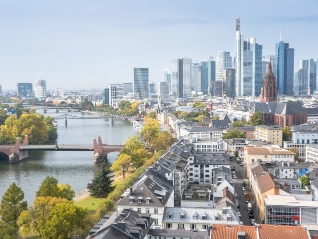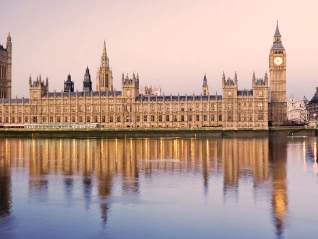Atradius Atrium
Få adgang til vores onlinesystem, som samler alle jeres daglige værktøjer i ét system.
 Danmark
Danmark






Visning 7 ud af 36







Visning 7 ud af 170